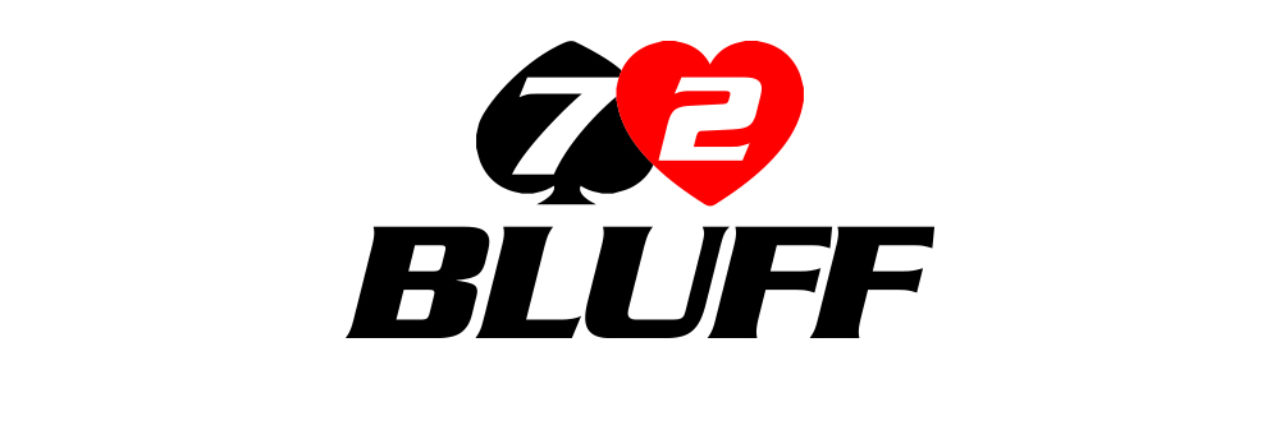If you hold an ace blocker you significantly reduce the strength of your opponents range.
Combinations are as follows:
- 16 combinations of any non-pocket starting hand
- 12 combinations of any off suit hand
- 4 combinations of any suited hand
- 6 combinations of any pocket pair
Each pair has 6 combinations and each unpaired hand has 16 so if your opponents 3-bet calling range is JJ+ AK
Without blocker he has the following:
16 for AK, 6 for Jacks, Queens, Kings and Aces = 40 KK+ = 12/40 = 30%
With an ace blocker he has the following:
12 for AK, 6 for Jacks, Queens, Kings and 3 for Aces= 33 KK+ = 9/33 =27.3%
If we assume Villain’s UTG opening range is 55+ AQ+ and his 3-bet calling range is JJ+ AK
Without a blocker
Opening hands = Pairs 10 x 6 plus 16 for AQ and AK = 92
Calling hands = 16 for AK, 6 for Jacks, Queens, Kings and Aces = 40
Percentage of opening range that calls a 3-bet = 40/92 = 43.5%
Therefore villain calls 43.5 % and folds 56.5% when 3-bet
Opening hands if we have an ace blocker with A5s
We take away 3 possibilities each for AA and 55, and 4 possibilities each for AQ and AK. 92 – 14 = 78
Calling hands if we have an ace blocker with A5s
12 for AK, 6 for Jacks, Queens, Kings and 3 for Aces = 33 = 33/78= 42.3%
Therefore villain calls 42.3 % and folds 57.7% when 3-bet
Key here is that with an ace blocker we have reduced the calling hands of our opponent by 7/40 = 17.5%
We use blockers to 3-bet or 4-bet bluff where we will fold to a re-raise. The best hands for blockers contain aces or kings as these remove the villains high value Ace and King hands with which he may re-raise.
When bluffing with a hand that is likely to see a flop it can be a good idea to hold a hand without blockers such as 87s as it will have more equity when called. It will also have equity when you 5-bet over an opponent who 4-bet bluffs a lot, as it will have decent equity against a hands like AK.
